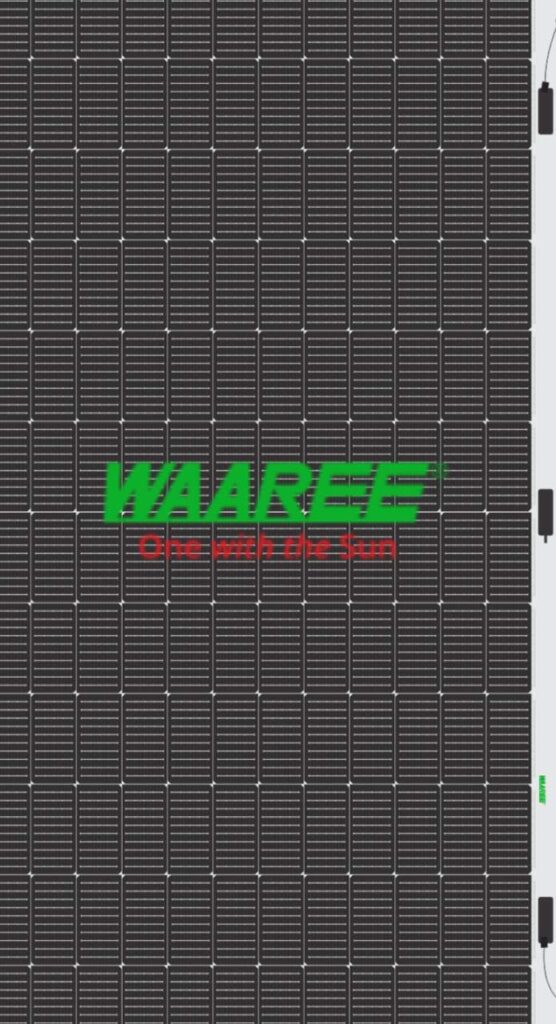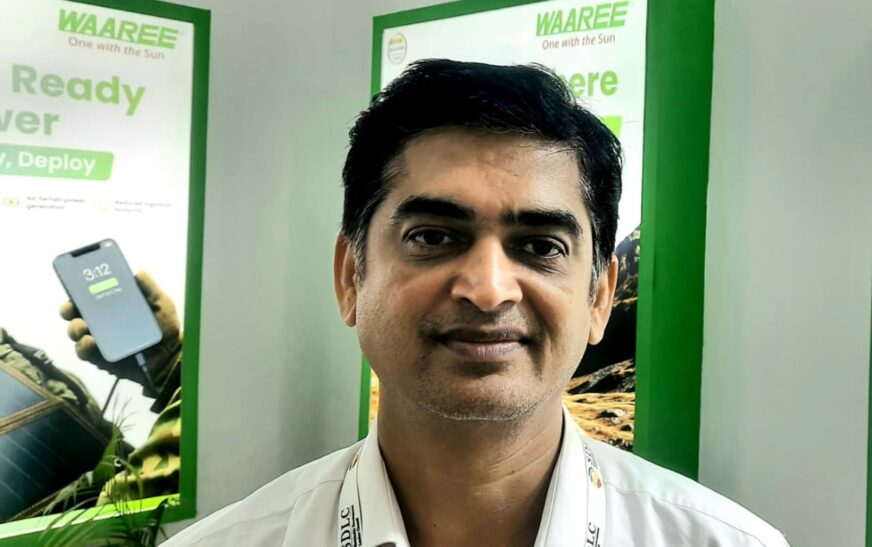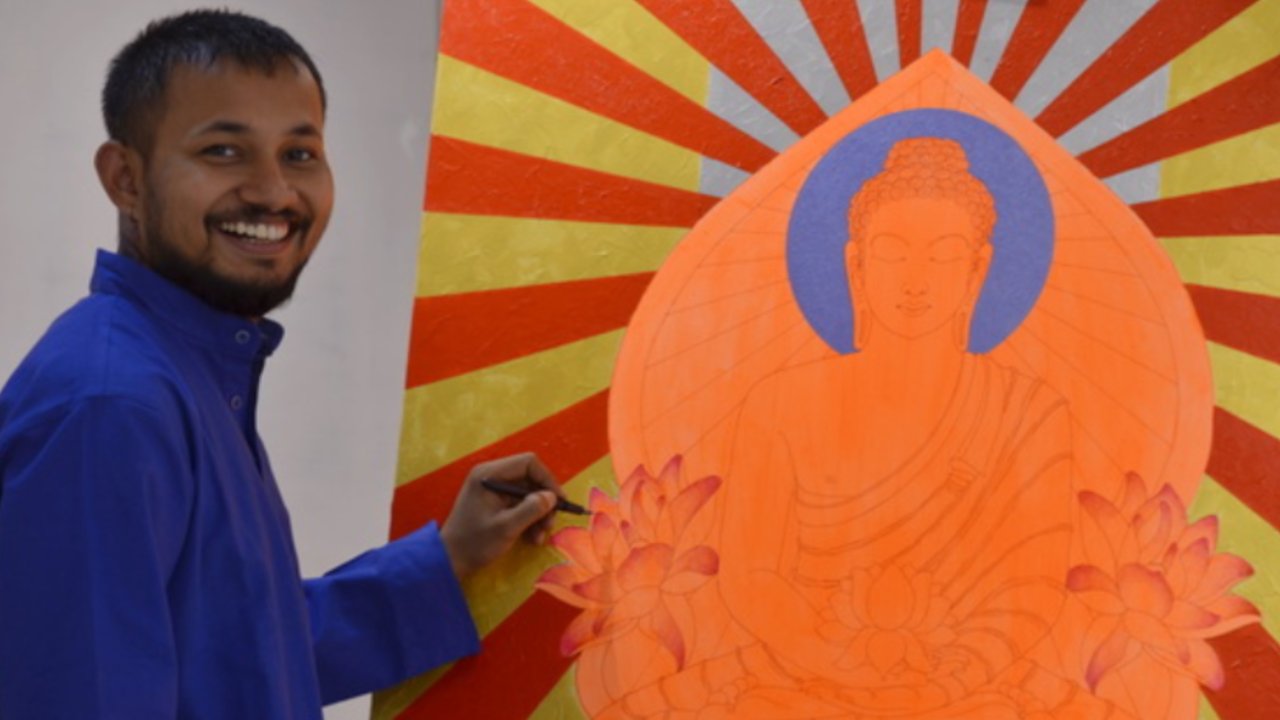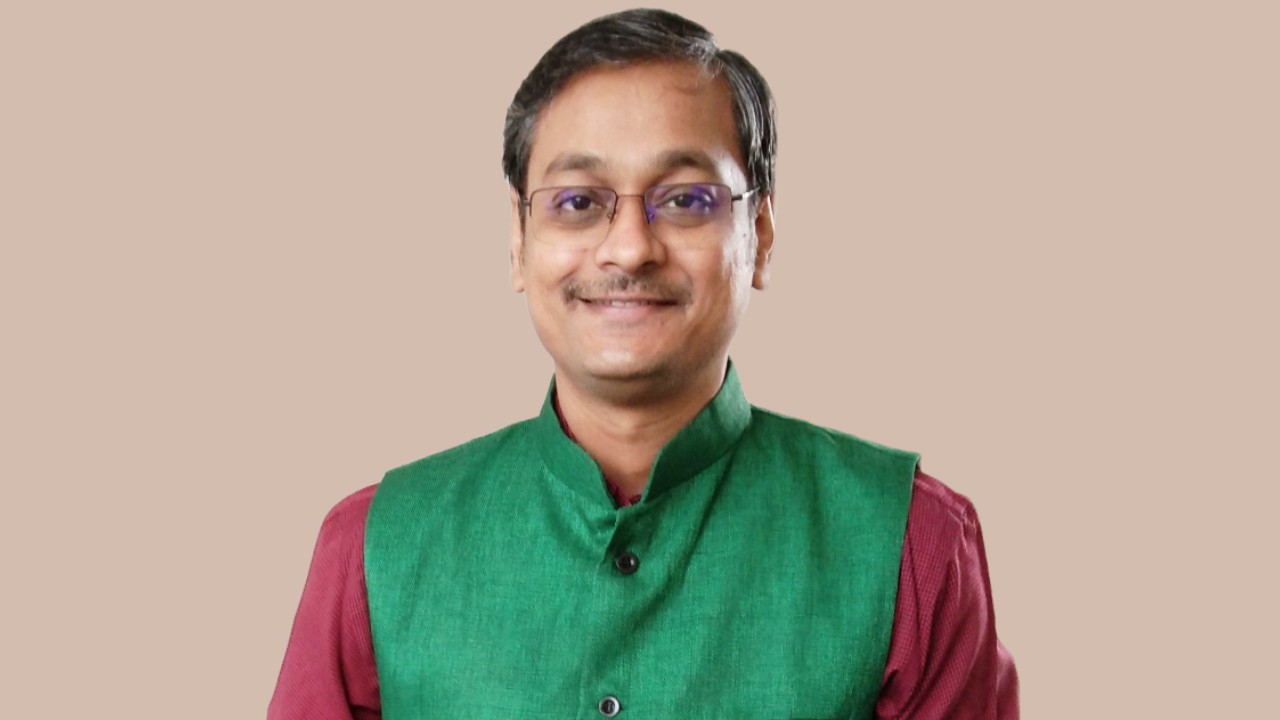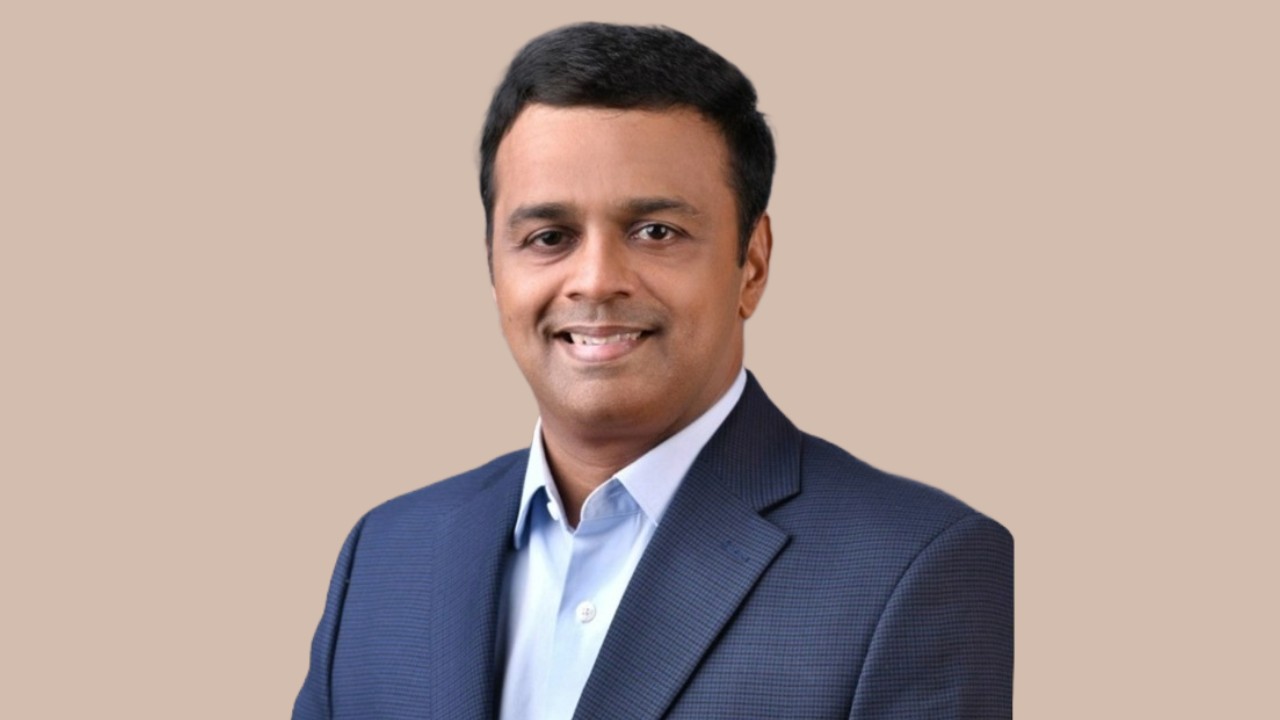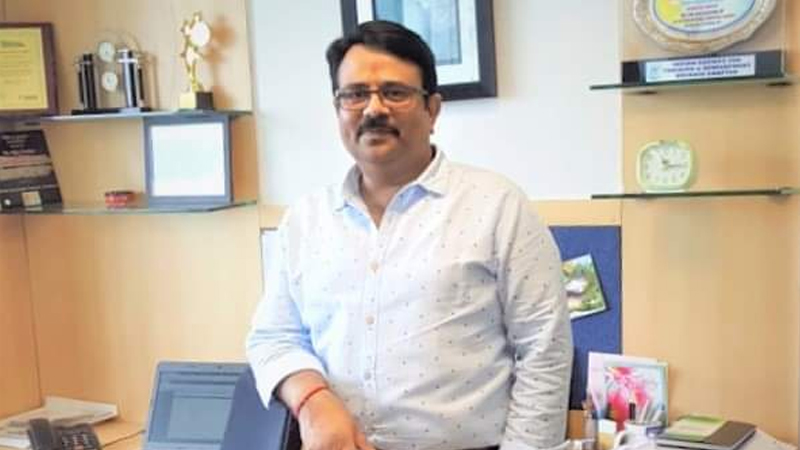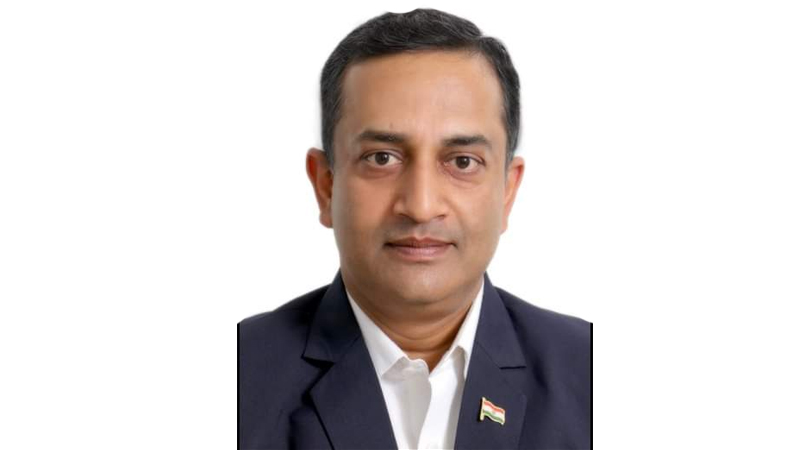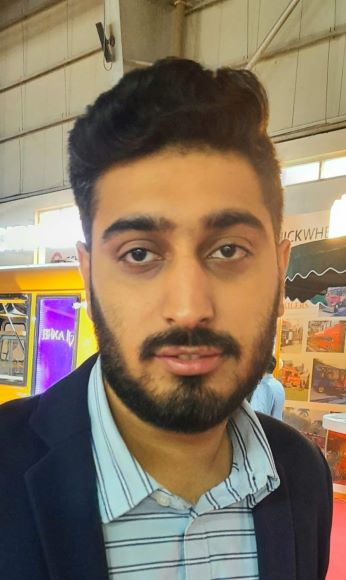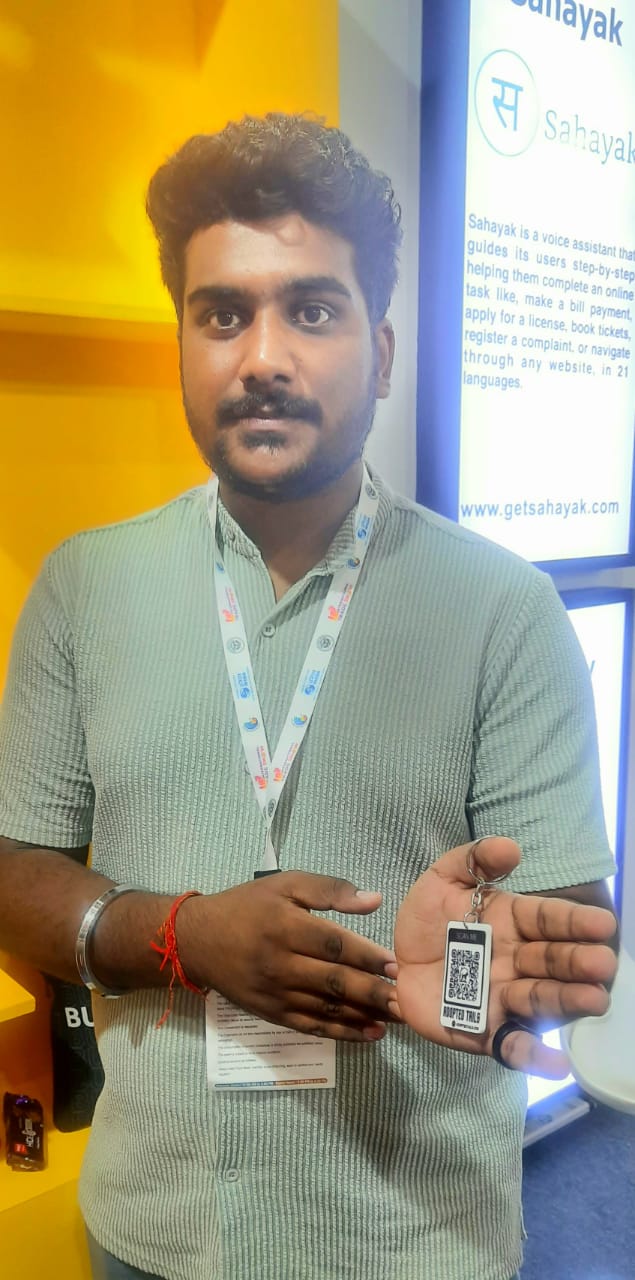Founded in 1989 and headquartered in Mumbai, Waaree Energies Ltd. has emerged as India’s largest solar PV module manufacturer, boasting an impressive installed capacity of 13.3 GW. The company operates five state-of-the-art manufacturing facilities across Gujarat and Noida. Expanding its global reach, Waaree has also established a strategic presence in the United States with a 3.2 GW solar manufacturing capacity—1.6 GW already operational and another 1.6 GW under development.
Waaree’s diversified portfolio showcases cutting-edge technologies such as N-type TopCon, Mono PERC, Bifacial, and Building-Integrated Photovoltaics (BIPV)—tailored to meet the demands of both domestic and international markets. This technological prowess has earned the company Tier 1 recognition from BloombergNEF, a mark of global excellence and reliability.
The numbers speak volumes. Waaree has delivered over 11 GW of solar modules and successfully executed EPC projects exceeding 1.1 GW. Beyond business, the company champions sustainability through a robust ESG mandate. Committed to achieving net-zero emissions by 2030, Waaree leads by example with impactful campaigns like “Two Trees – One Employee.”
With operations in more than 20 countries and a powerful franchise network across India, Waaree is not just participating in the clean energy revolution—it’s leading it. The company continues to drive the transition through relentless innovation, unmatched scale, and uncompromising quality.
In an exclusive interaction with The Interview World at the 5th AeroDef India Manufacturing Exhibition & Conference, Nilesh Malani, Chief Marketing Officer of Waaree Energies Ltd., sheds light on the company’s key renewable energy offerings. He also shares valuable insights into its EPC clientele, outlines the future of indigenous solar cell manufacturing in India, and reveals the disruptive technologies Waaree plans to unveil over the next 5 to 10 years.
Here are the most compelling takeaways from that engaging conversation.
Q: Could you elaborate on Waaree Energies’ key product offerings and explain how they differentiate the company in the competitive renewable energy market?
A: Waaree Energies Ltd. stands as India’s largest solar manufacturing company, firmly positioned at the forefront of the nation’s clean energy transition. Beyond manufacturing, we actively operate across the energy value chain, with strategic interests in EPC services, battery energy storage systems (BESS), green hydrogen, and independent power production (IPP).
Our total production capacity currently approaches 15 gigawatts—comprising 13.3 gigawatts in India and approximately 1.6 gigawatts in the United States. Importantly, we have already announced a significant expansion in India, where we will add 6 gigawatts through a fully integrated manufacturing facility. This facility will encompass the entire solar value chain—from ingots and wafers to solar cells and finished panels—ensuring vertical integration and enhanced efficiency. In addition, we have recently commissioned a 5.4-gigawatt solar cell manufacturing plant in India, further reinforcing our leadership.
Meanwhile, in the U.S., we are doubling our current capacity in Texas from 1.6 gigawatts to 3.2 gigawatts, in line with growing demand and our global growth ambitions.
In essence, Waaree Energies has evolved into a comprehensive green energy powerhouse. Our operations span the entire solar ecosystem, driven by innovation, scale, and a relentless commitment to sustainability.
Q: With solar cell prices consistently declining, how is Waaree Energies positioning itself to maintain affordability while ensuring product quality and differentiation?
A: Over the years, solar energy has emerged as the most affordable source of power. This marks a pivotal moment for India to accelerate its transition to renewable energy. The timing couldn’t be better.
Recognizing this opportunity, the government has introduced a series of ambitious subsidies and schemes to fast-track solar adoption. One notable initiative is the Pradhan Mantri Surya Ghar Muft Bijli Yojana, which offers residential homeowners subsidies of up to ₹78,000 for installing rooftop solar panels. Additionally, the PM-KUSUM Yojana empowers farmers to harness solar energy on their land with substantial financial support.
These targeted efforts clearly demonstrate the government’s strong push to drive renewable adoption. At the same time, a growing number of MSMEs and industries are turning to solar—not just for environmental reasons, but because it is now the most cost-effective energy solution available. In short, solar is no longer a futuristic option; it is today’s smartest investment in power.
Q: Could you share insights into the key EPC clients Waaree Energies is currently working with?
A: We are actively partnering with some of India’s leading manufacturing giants through our EPC arm, Waaree Renewable Technologies Limited.
Among our marquee clients, JSW stands out. We have secured a landmark 2-gigawatt order from them for a single site—currently the largest such project in the country. Additionally, we are collaborating with JSPL and several other prominent manufacturers across India.
These strategic partnerships underscore our capability to execute large-scale, high-impact renewable energy projects, further cementing our leadership in the solar EPC space.
Q: How do you envision the future of indigenous solar cell manufacturing in India, and what key opportunities do you see emerging in this space?
A: As an organization, we are committed to achieving full vertical integration—extending beyond solar panels to include solar cells, ingots, and wafers. This end-to-end control ensures superior quality, efficiency, and scalability across our operations.
At our core, we are driven by a singular mission: to lead India’s transition to green energy. Our vision is not just for today—but for decades to come—as we work to reshape the energy landscape with sustainable, future-ready solutions.
Q: What technological disruptions or innovations is Waaree Energies planning to introduce over the next 5 to 10 years to stay ahead in the renewable energy sector?
A: Solar cell technology is constantly evolving. Currently, the demand is for n-type solar cells, following a shift from Mono PERC and, before that, polycrystalline cells. As new technologies emerge that promise higher efficiency, we remain committed to continuous investment in research and development.
We collaborate with leading institutes across the country to drive cutting-edge R&D and introduce innovative solutions. A prime example is the launch of flexible solar panels in India. These panels are designed for specialized applications where traditional installations are not feasible.
Our innovation ensures that no surface is left without solar power. These flexible panels are ideal for defence applications and lightweight roofing systems, where weight constraints are critical. They are 70% lighter than conventional panels, offering a game-changing solution.
Additionally, we’ve developed foldable panels, perfect for on-the-go power needs. Whether you’re traveling or in need of emergency power, these portable panels allow you to charge devices like laptops and smartphones anytime, anywhere. With each advancement, we push the boundaries of solar technology, introducing new features that cater to diverse, evolving needs.
